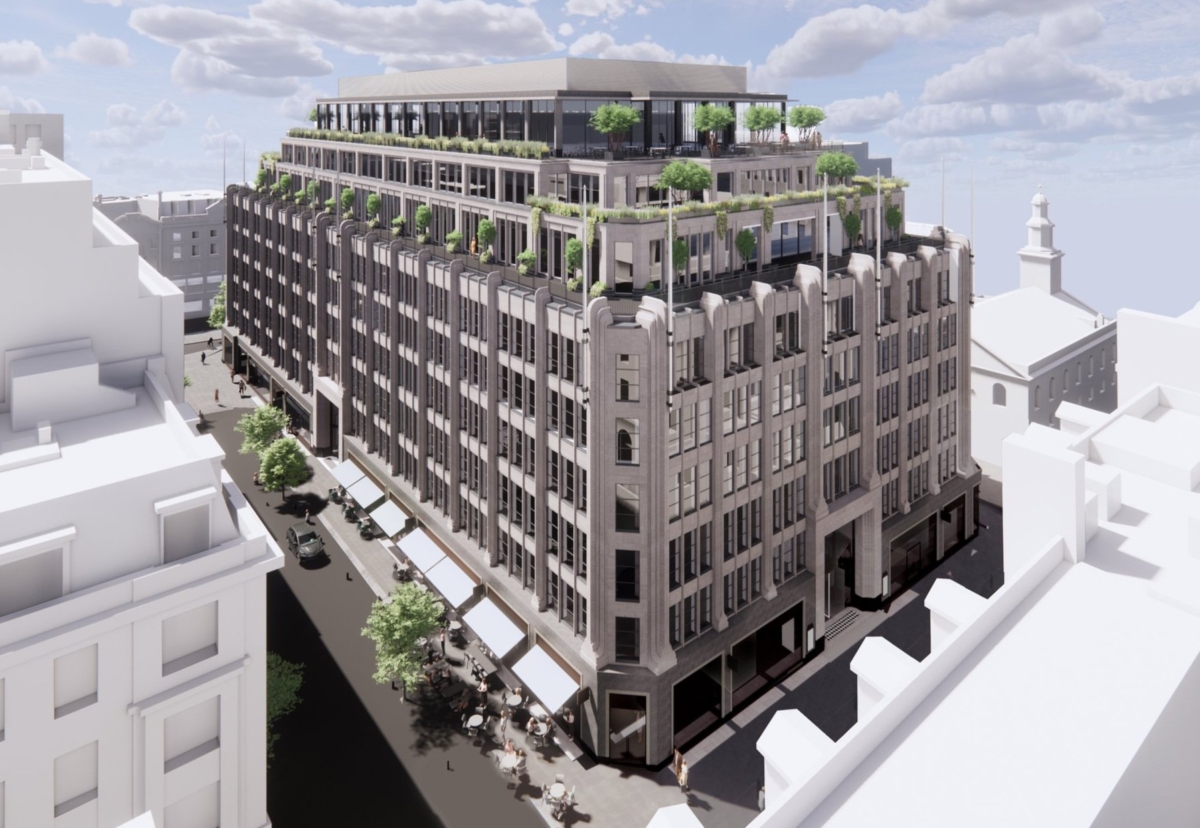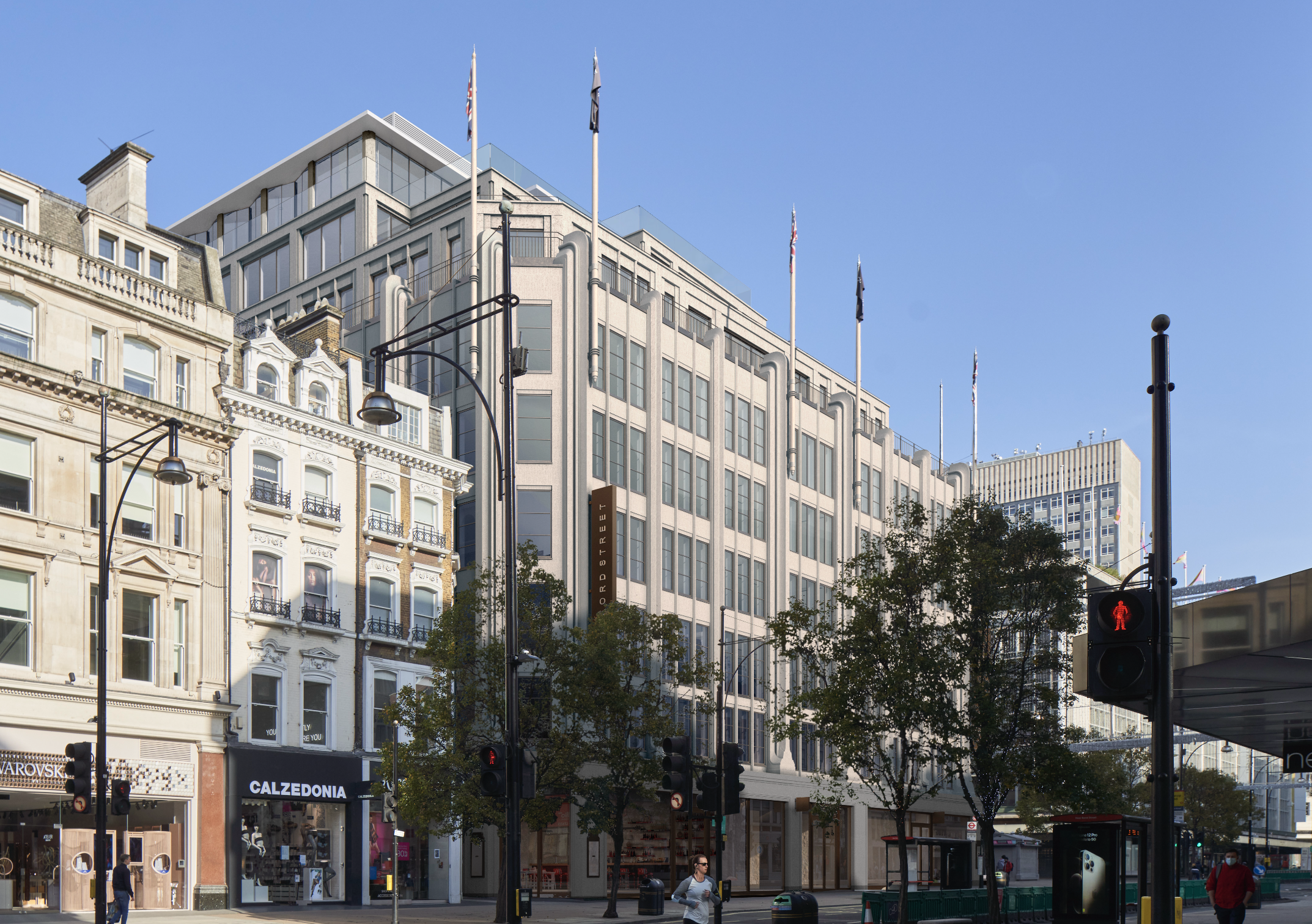The firm will repurpose the art deco landmark with an extensive programme of repair and refurbishment to produce a 34,000 sq m mixed-use development containing retail, office, leisure and catering elements.
The building is badly damaged by ‘Regent Street disease’ a condition affecting early 20th Century buildings with steel structures clad in masonry. Corrosion of the steel structure has cracked and displaced parts of the stone façade.
McLaren will be responsible for repairing the Portland stone façade, reinstating architectural features and completing the Chapel Place façade.
The firm is already well advanced on the demolition aspects of the project.
The structural design relocates 10 steel columns retrieved from the demolished 5th floor to the new 8th floor.
A further 11 columns from the fifth floor have been transported across London to be re-used within another project by the same structural engineer working with a third-party contractor.
McLaren Construction’s managing director London & South, Darren Gill, said: “More of these asset repurposing projects are coming through to the market.
“These are often familiar buildings in prominent locations. They present an opportunity to improve resilience through a variety of new uses – not just for the building, but for the area too.”
“The construction industry will increasingly need the skills to repurpose historic buildings. It’s essential if we want to balance the creation of quality spaces with reduced carbon footprints. McLaren’s investment in this expertise is paying off with a raft of high profile cut and carve projects in central London.”
The new building replaces a department store with ground floor retail, including two new double-height entrances, and high-quality office space, plus two restaurants and a gym with a swimming pool. This resilient mix of uses is intended to bring greater diversity to Oxford Street and helps to develop an evening economy.






















































.gif)





